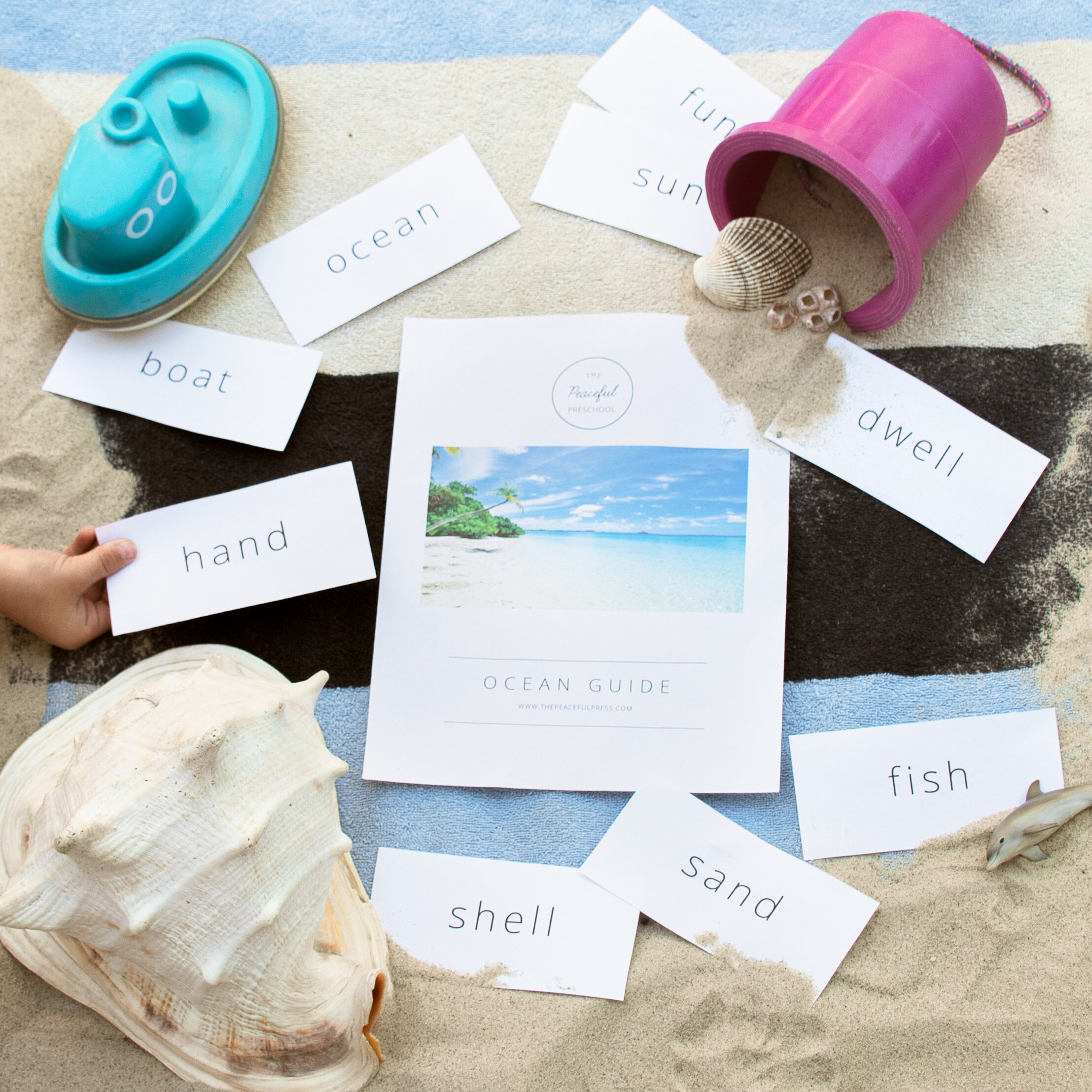6 Homeschool Decisions To Make Right Now
(And Save 600 Decisions Later On)
If I’ve learned anything in a homeschooling household with four kids, a dog and a million things to do every day, it’s that routine is one of the most powerful tools I have in my arsenal to help make each of the things I want to happen keep happening. (Read Atomic Habits for more on the power of routines)
People who know a lot more than me (of which there are many) like to talk about the way habits are formed and kept. Often there are three parts to any habit — a cue or reminder, a routine, and a reward.
This might be as simple as the cue “I’ve finished breakfast” leading to the routine “now I go to the bathroom and brush my teeth” and the reward being, ya know, that great feeling after you’ve brushed your teeth. You are doing the good stuff! Go, you!
If I create a good routine (breakfast is finished, go load your bowls into the dishwasher) I usually see three great things happening.
First, my kids are taking responsibility for themselves/their lives.
Second, once something becomes routine, the arguing about doing the thing being asked is usually very minimal. Win!
Third, ideally, the kids are taking on a slice of some kind of work around the house that I therefore do not have to do. (Like loading their own dishes into the dishwasher!)
I haven’t even mentioned the most beautiful part yet!
The most powerful thing about making something into a routine is that you save your future self hundreds — if not thousands — of decisions.
Here’s how that magic works. In the dishwasher example, I have decided that it is my boys’ responsibility to empty the dishwasher each morning. It usually runs overnight, and all those lovely fresh dishes are waiting to be put away in the morning.
So, while I’m putting breakfast into bowls, they know they have a chore to do. This means I don’t have to think about whose responsibility it is. It saves me the decision of whether or not to ask them to do it — it has already been decided. It doesn’t mean I don’t need to remind them sometimes — but I no longer have to decide whether I am going to do it or they are. It’s their chore. Amen and amen.
Many families have been plunged into the deep end of school happening at home right now, and I’ve been endeavoring to regularly share whatever wisdom I’ve gleaned from seven years of homeschooling and over a decade of parenting. With that in mind, I just have six simple decisions I’d like to suggest you make with regard to your homeschool. (If you haven’t already!) Whether you’ve been at it for years or you’re in Corona-Isolation-Homeschool-101, these ideas will set you up for greater success with less of the overwhelm of decisions every day.
Who knows — once you make these and start getting the hang of it, you might be ready to make thirty more! Ready? Let’s dive in with an easy one.
When is snack — and what is for snack?
This seems like a deceptively simple thing. On Day Two of schooling-at-home for my non-homeschooling sister, she texted, “It feels like we’re eating all day.” If that’s the case at your house, it’s decision time. You can let your kids know:
— What time snack will happen each day. (At our house on school days, snack is at 10:00 am.)
— What they get for snack. At our house, they generally get a few pretzels, a chunk of banana, and a cookie. If they have more than that, or if they have it much later than 10:00, they probably won’t finish their lunch. It works for us! Maybe it works for you to choose different snacks for different days of the week. We typically do the same thing each day and then (extra special!) we pop popcorn on Fridays.
What time does school start?
This might be a time-based or a routine-based decision. Does it start as soon as breakfast is over? Do the kids get 30 minutes to play after breakfast? Is it sharply at 9:00 am no matter what?
Once you put a flag in the ground and start sticking to it, the cue “Time for School!!" can lead to the routine which can lead to the reward… for your kids, that’s hopefully getting done with school sooner! (But, if you want to offer a temporary reward, like a surprise treat for everyone who hurries to the table for school the first time you call, that can really help get a routine like this one off the ground!)
If this is consistent each day, you are likely to see your kids get used to it — and stop arguing when it’s time to get going!
Are you checking time-based or activity based boxes?
I’m not going to lie. I love the endorphins that come from checking a box. It feels good to get things done. For a long time, I felt like I couldn’t check the box that math was done unless I completed the assigned lesson for that day. Some days, that’s no sweat — other days, I’m looking at you, fractions and division, finishing the lesson might mean you’re spending a longer time than you can afford to spend on that one lesson on that particular day. While one kid will breeze through fractions, another might find them particularly fractious — and that’s okay.
One easy solution is to instead choose the amount of time that should be spent on something. If math gets thirty minutes a day, then give it your all for thirty minutes. You can check the box and move on knowing you accomplished what you needed to accomplish — progress in the terms of thirty minutes of concentrated Math work. Did you complete Lesson 47? Maybe, and maybe not. That’s okay! Lesson 47 will be waiting tomorrow!
Side note: if your student is doing self-directed study (for example, I lead my younger kids through Math each day, but my eldest is now on a self-directed course of study) you will need to be careful about setting time-based goals. If your student is going to sit down and work for 30 minutes, great! If you student is going to work like an old turtle and check the 30 minute box, you might need to base their checkbox on completing a lesson instead. You’re the parent! Be wise!
Define “Done."
Along the lines of those time versus lesson-oriented boxes, you need to have a clear idea of what constitutes a completed school day in your house.
This will look different in just about every house. My personal preference is to have a spiral notebook set aside for each child, where I write the specific things they have to do for that day. These are basically the same every day. See! That's one less decision to make — boom! I draw a little check box beside each item. Some examples are: handwriting (they know from routine that that’s one full page in their handwriting book), One math lesson (I’m using a curriculum that generally takes 30 minutes) DuoLingo Spanish - 20 minutes, practice violin - 20 minutes, Read one book to the little sister… you get the idea!
At your house, you might prefer to have more-than-enough work to keep your kids busy until a certain time of day. Or, it might be the motivation that school is done when I check all my boxes that encourages your kids to get down to business. You’ll just need to know what “Done” looks like. The leads us to one more question!
What is “Not Done” going to mean?
This one is not a fun one to think about, but I think in most houses, it’s essential. If you have a student who doesn’t want to do the work, you’ve got an opportunity to instill some real-life consequences into the situation. (If your kid goes to work but doesn’t do their work, will they keep getting paid?)
I can’t answer this question for you, but I can say with some degree of confidence that you’re going to need an answer unless you have a kid that loves school and is always delighted to check every box. {Lucky you — don’t brag!}
Remember, the goal is to make a choice now and save yourself a dozen choices later on. If there are basic, consistent positive rewards cueing your child to continue with the routine, and basic, consistent undesirable consequences when they shirk their responsibilities, I believe you’re setting your kids up for success. When they’re adults trying to manage their finances or exercise consistently, they’ll have the foundation to recognize the need to create routines that help them achieve their goals.
Screen Time. (UGH!)
Last but not least, it is a struggle right now, and the struggle is real. How much screen time can your kiddos expect? This is perhaps THE NUMBER ONE best decision you can make and stick to, because, if your kids are anything like mine, they are going to ask — and ask — and ask again. Here are a few examples of ways to set parameters around screens:
Video Games: 30 or 45 minutes per day, only on weekends
No screens are turned on before 3:00 pm.
Each child gets to choose one episode of one show to watch on Saturday morning, and then the TV goes off for the rest of the day. (Or until X pm. Or until X chores are done.)
You may have your phone once all your school work is done, but not before 3:00 pm. You will return your phone to its charging station during dinner, and then again at 8:30 pm before you start the bedtime routine. (If you do not follow these rules, you will not have access to your phone tomorrow.)
You can earn a maximum of 30 minutes of screen time per day by doing these chores. (Get creative and choose chores that will actually help! Unload the dishwasher, fold and put away laundry, pick up the toys in the play room...)
This is the Very Important Thing:
Is there one right or perfect way to do school at home? No. Is there one right and perfect way to raise a kid? Absolutely not.
Be it by biology, circumstance, or the miracle of adoption, be confident that the children in your home and in your care are yours for a reason. You know them better than anyone else.
Be a keen observer, recognizing what motivates them to do their best work. Help them understand and develop routines that will set them up for a lifetime of success — both in and outside the classroom.
While you’re at it, take the time to notice what questions your kids are asking each day that make you want to grimace and scrunch up your shoulders.
When you get that feeling, that’s a great cue that you need to establish a routine for your sake — and theirs. Alright, friend. It’s time to start making choices now that your future self will thank you for. Take it one thing at a time. Try them on for at least a couple of weeks before revisiting them or trying something different.
May a more peaceful, calm, and predictable school-at-home life be your reward.
Are you ready to create a living education for your family?
One that allows time for reading aloud, creating, spending time in nature, and experiencing the world. Get started today and create a hands on education that actually works for your child! Download the printable 26 weeks of curriculum teaching reading, phonics, math and develops fine & gross motor skills.
Join the thousands of families who discovered a new way to educate their children! Access the full year of curriculum for JUST $39
This post has affiliate links. Thanks for clicking through and showing your support.







